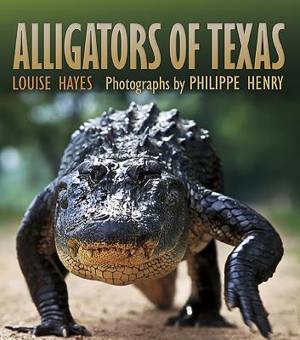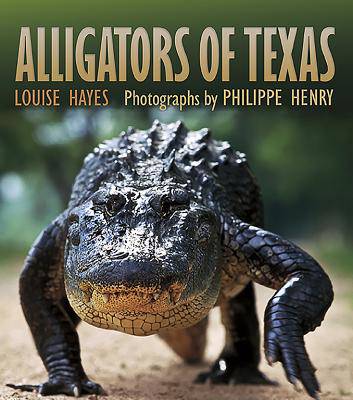
- Afhalen na 1 uur in een winkel met voorraad
- Gratis thuislevering in België vanaf € 30
- Ruim aanbod met 7 miljoen producten
- Afhalen na 1 uur in een winkel met voorraad
- Gratis thuislevering in België vanaf € 30
- Ruim aanbod met 7 miljoen producten
Zoeken
Omschrijving
Found only in the United States, the American alligator ranges in Texas through 120 counties, from the Sabine River to the Rio Grande, across a swath of river drainages and coastal marshes that include both the backwater swamps of the Big Thicket and the urban bayous of greater Houston. From its beginning in a pile of eggs buried in a meticulously constructed nest to its possible end as an alligator burger or a pair of boots, an alligator's habitat preferences sometimes coincide with the favorite haunts of boaters, hunters, and coastal residents. In Alligators of Texas, biologist Louise Hayes and photographer Philippe Henry bring readers up close to this cryptic reptile's food choices, parenting skills, communication techniques, and responses to natural events such as freezes and hurricanes. They also relate some Texas "alligator tales"; discuss alligator farming, hunting, and live capturing; and examine how people can successfully co-exist with this predator. They end by telling readers where they can view alligators, both in the wild and in captivity. Although not as often, as easily, or perhaps as happily observed as white-tailed deer or armadillos, the American alligator is an iconic Texas animal, and knowing more about its life and habits can help Texans better understand its rightful place in the landscape.
Specificaties
Betrokkenen
- Auteur(s):
- Uitgeverij:
Inhoud
- Aantal bladzijden:
- 288
- Taal:
- Engels
- Reeks:
- Reeksnummer:
- nr. 29
Eigenschappen
- Productcode (EAN):
- 9781623493875
- Verschijningsdatum:
- 2/09/2016
- Uitvoering:
- Paperback
- Formaat:
- Trade paperback (VS)
- Afmetingen:
- 206 mm x 231 mm
- Gewicht:
- 793 g

Alleen bij Standaard Boekhandel
+ 91 punten op je klantenkaart van Standaard Boekhandel
Beoordelingen
We publiceren alleen reviews die voldoen aan de voorwaarden voor reviews. Bekijk onze voorwaarden voor reviews.











